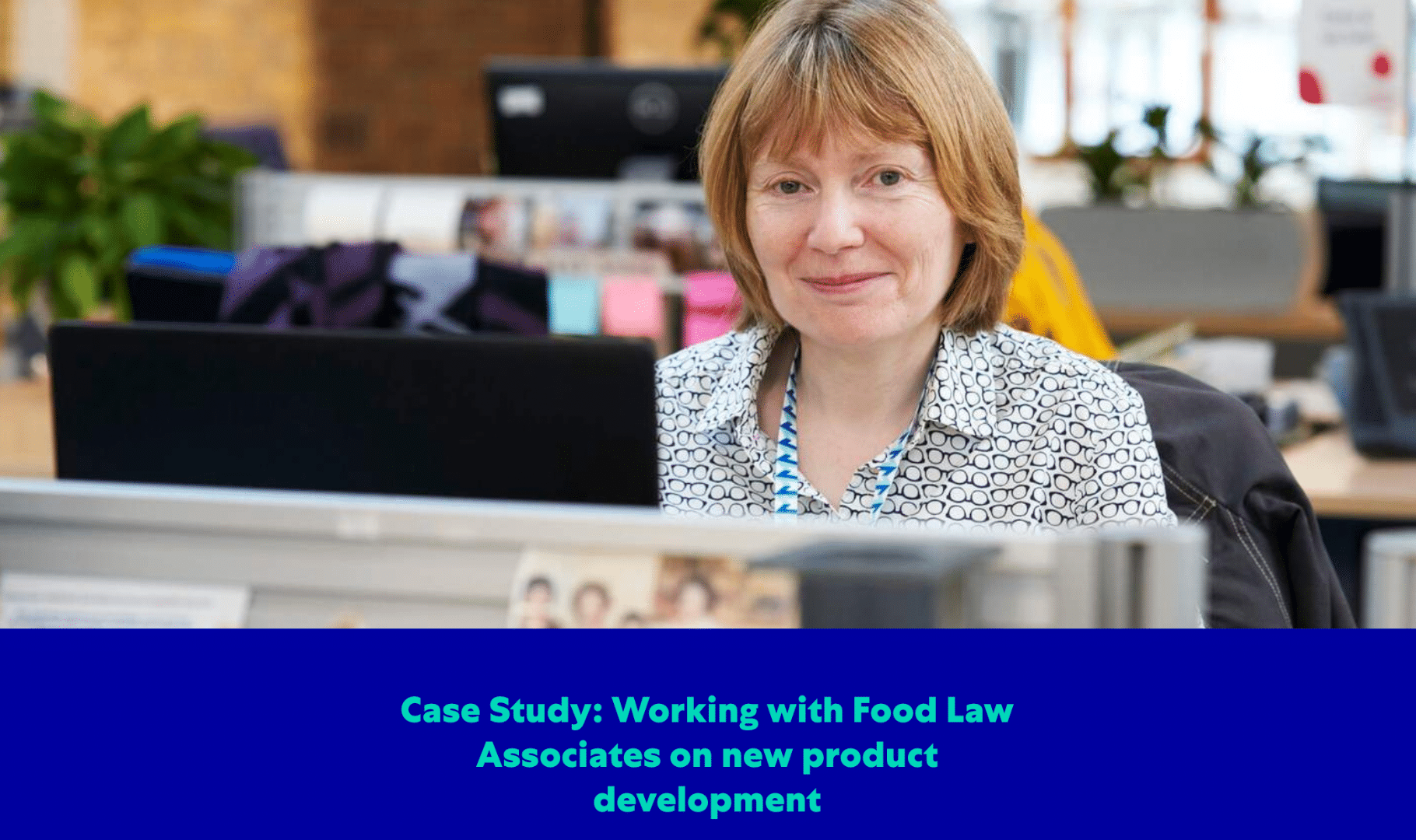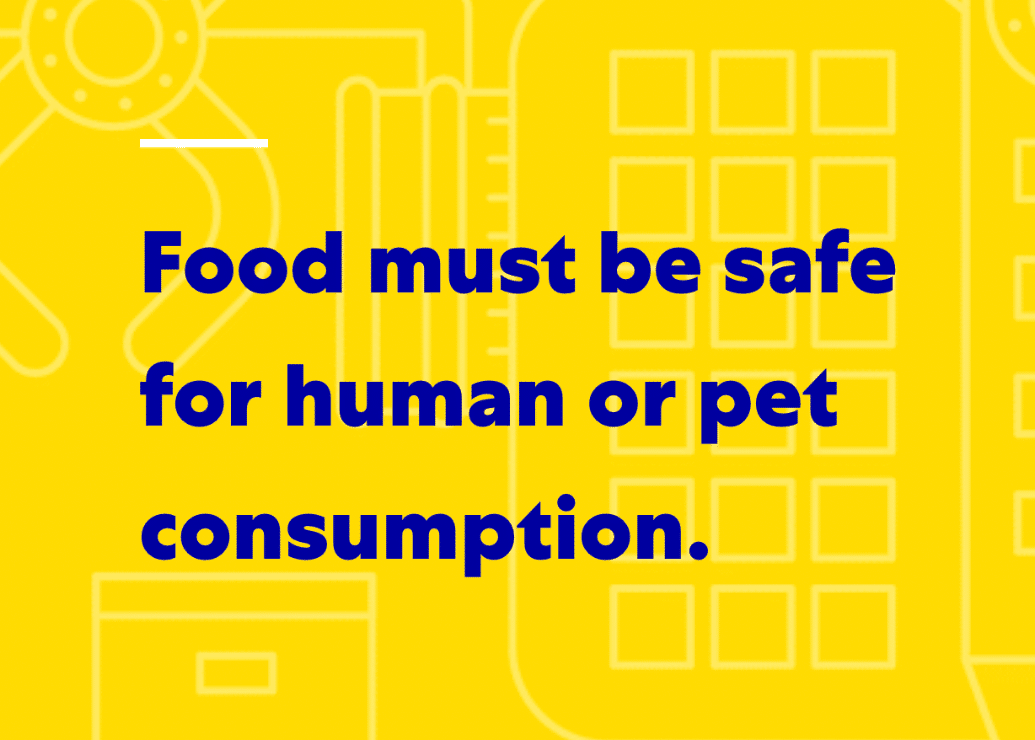Ready to get started?
Contact Us




What we made
Insight-driven training experience that changed hearts and minds.
The issue
The client wanted to address a cross-departmental communication breakdown that delayed its projects.
Project highlights

The issue
How do you deliver information to learners that seem resistant to your solution? That’s the question our client asked ELM when addressing a weakness in their usually strong departmental chain of command. The client had a unique challenge: their fully equipped, experienced, and intelligent legal department was rarely consulted about food law until the end of projects. Employees were waiting until projects had made it through development and testing phases to approach the legal department to give their input. Unfortunately, this often resulted in derailed or delayed projects at the crucial tail-end of development.
The client’s legal team wanted employees to feel comfortable in consulting them earlier in the development process. That way, potential issues could be identified and rectified to course-correct along the way. Doing so would create a smoother, faster process for everyone involved.
The journey
The legal team saw the challenge as an issue with information. Perhaps employees simply didn’t understand what the team had to offer. Their initial plan was to create knowledge-based training to explain what the legal team knew. The client initially assumed that training centered on safety issues, correct labeling, and inspections would encourage employees to consult the legal team more often. When evaluating the situation with ELM’s designers and learning architects, however, the ELM team identified a key roadblock obstructing the legal team’s path: other employees simply didn’t consider the legal team as their partners and collaborators.
The challenge wasn’t informational. Employees already understood that the legal team possessed vital knowledge about food law. Instead, the issue was that employees didn’t see the legal team as partners in the development process. They were viewed as enforcers; not team players. Before the client could disseminate information about what legal had to offer, they first had to convince other employees that the food law department were allies in the development process.



The outcome
ELM designed the food law training around a “hearts and minds” campaign. Before deploying a new program, designers first highlighted the WIIFM principle: what’s in it for me? Learners would experience the training by understanding how the legal team could become invaluable allies rather than rule enforcers. By consulting with the food law department early and often, team members could advance their new products and developments quickly and smoothly. food law could offer suggestions and pinpoint issues long before they became larger problems, increasing the chances that the inspection and production process had a positive outcome.
Animation is one of the tools in the ELM arsenal that sets the tone for training. When learners see bright and helpful characters, they immediately form a positive connection with the storyline that goes along with them. Animation also served a unique purpose for the Mars food law team; they had a wealth of content available and the colors and characters helped to direct learner focus and progress through what might have otherwise been a case of too much information.
The storyline was scripted in a way so learners saw their progress in a relatable way. ELM designers used Rise to wrap the animation and story in a deliverable that learners could come back to again and again. Some of the more complex “legalese” could be broken out and accessed outside of the storyline, while knowledge checks were peppered throughout to help fortify stronger neural connections and help break up the 20–30 minute module.
In this case, the “why?” of training was just as vital as the how, where, and when. By introducing the concept of the legal team as a development ally for apprehensive employees, learners were much more attentive to the training material. ELM captured the hearts and minds of learners and what seemed to be an organization-wide stumbling block was reduced to a simple realignment in messaging. Since this project, ELM has launched a number of other training programs with Mars and continues to collaborate on new learning experiences.
At ELM, we know that the best solution is sometimes the simplest one. Finding the right answer? It starts with asking the right questions. We delved into understanding how learners felt and built a training experience around that insight. Investing in the time and effort to properly market a training program makes for a more effective launch and learners that are primed and ready for the experience. After all, information is only as good as its delivery method.